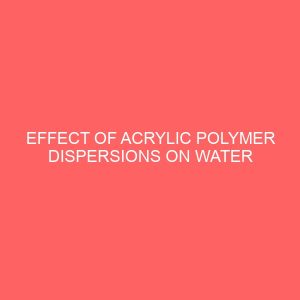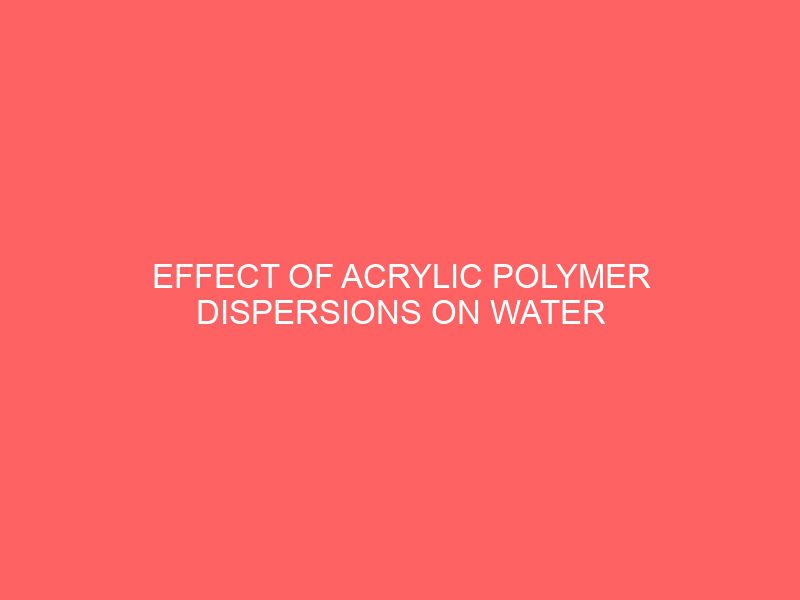Description
Abstract
The effect of acrylic polymer dispersions on the water vapour permeability and some other properties of finished leathers have been studied. An acrylic based commercial binder AE 558 Nycil has been characterized and its effect when applied in a finish formulation on some of the physical properties of originally retanned leathers was investigated. The binder was found to have an intrinsic viscosity of 227 dL/g, and a viscosity molecular weight (Mv) of 4.03×105. This was obtained by conducting a solution viscosity measurement of the solid polymer in toluene at 25 oC. The melting temperature of the solid binder has been found to be in the range 361.7 oC – 370 oC. The results of these physical properties suggest that this is a very high molecular weight polymer with high thermal stability. Formulations for leather finishing was prepared containing the binder at varied proportions of 125 g, 150 g, 175 g, 200 g and 250 g and was applied on the leather substrates corresponding to samples A1, A2, A3, A4, and A5 respectively. Tests on some of the physical properties of these coated samples were conducted. The water vapour permeability of the originally retanned (uncoated) leathers was reduced significantly after the finish was applied. A1 has the lowest permeability at 125 g of the binder in the formulation, while A5 has the highest permeability at 250 g of the binder in the formulation. Generally, the water vapour permeability of the coated leathers increases as the factor varied in this experiment was increased. A3 had the highest Shore A value at 175 g of the binder in the formulation while A5 has the lowest Shore A value at 250 g of the binder in the formulation. Distension and Bursting strength of the uncoated leathers was improved after the leathers were coated. However, there was no particular trend in effect as the quantity of the binder in the finish formulation increased. The fastness of the coated samples generally increased as the quantity of the binder in the finish formulations was increased with sample A5 having the best resistance to wet rub action.







